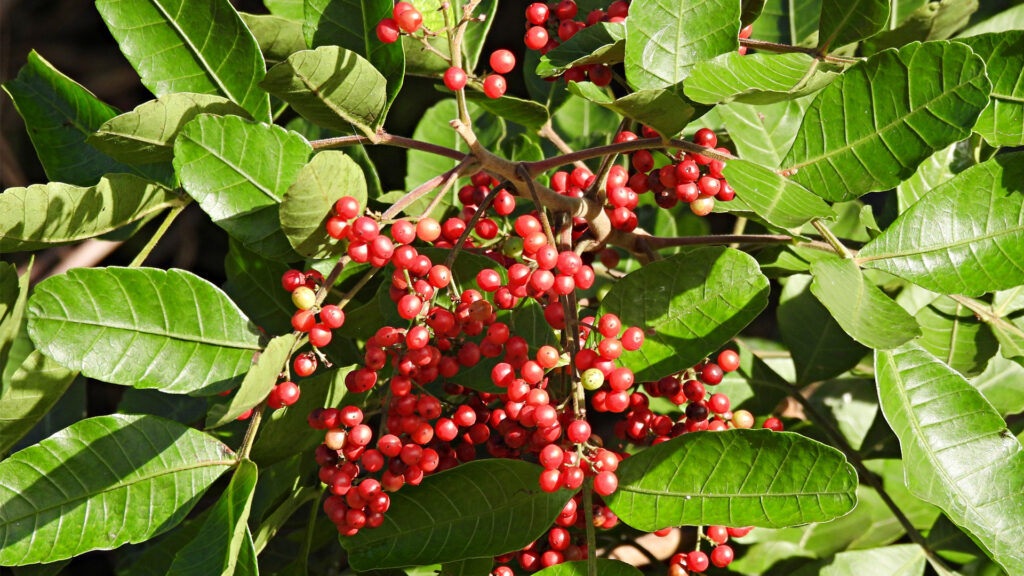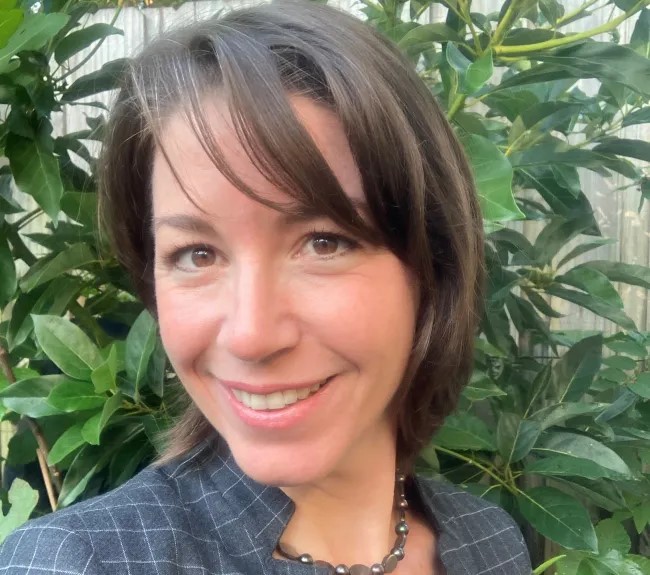By Tina McIntyre, UF/IFAS Extension
An invasive plant is defined by the Florida Department of Agriculture and Consumer Services as a plant which sustains itself outside of cultivation and expands its range into and within Floridian ecosystems. These invasive species can degrade our natural resources, cause management problems in agricultural fields and be very costly.

The annual impact of invasive plants, animals and disease to Florida’s agriculture industry is estimated at $179 million. Non-native invasive plants now impact approximately 1.5 million acres of Florida, and the state of Florida spends $45 million annually on managing invasive species on conservation areas alone! To prevent contributing to the greater problem, homeowners, landscapers, small-scale nurseries and plant lovers should carefully select plants they purchase and install.
The ornamental plant industry is the primary pathway for movement of non-native plants worldwide, with invasives accounting for a significant portion of the inventory and revenue. For example, rose peppertree (formerly Brazilian peppertree), Schinus terebinthifolia, was introduced to Florida as an ornamental plant in the mid-1800s that later escaped cultivation. With a quick growth rate, wide climate tolerance, profuse seed production and a high germination rate, this plant rapidly displaces native vegetation.

As a resident, homeowner, small-scale nursery or landscaper there are many things you can do to help our society diminish the impacts these species have on our society, economy and environment. The first thing is to spend time learning more and educating yourself. As one resource, there is a new book at the University of Florida IFAS Extension Bookstore that can help you select the right non-invasive plants. “Plant This Not That: A Guide to Avoiding Invasive Plant Species in Florida” is a field-friendly, photo-heavy guide that features over 20 entries, each detailing a commercially available invasive plant.
To recognize and remove invasive species from the landscape, UF/IFAS has two online resources to look up plants: The UF/IFAS Center for Aquatic and Invasive Plants and the UF/IFAS Assessment.
I also recommend you use alternatives to invasive species, such as native plants. Another way to help is to participate in invasive species roundups or educational events. Of course you can follow UF/IFAS Extension pages such as UF/IFAS Extension Seminole County on Facebook for upcoming classes and educational content or talk with your local UF/IFAS Extension office and/or Master Gardener volunteer about any specific questions you may have about invasive species.
Tina McIntyre is the Florida Friendly Landscaping Agent at the UF/IFAS Extension in Seminole County. She specializes in surface water quality and quantity, best management practices related to landscape management and restoration of urban green spaces. This opinion piece was originally published by the Orlando Sentinel, which is a media partner of The Invading Sea.
If you are interested in submitting an opinion piece to The Invading Sea, email Editor Nathan Crabbe at ncrabbe@fau.edu. Sign up for The Invading Sea newsletter by visiting here.



